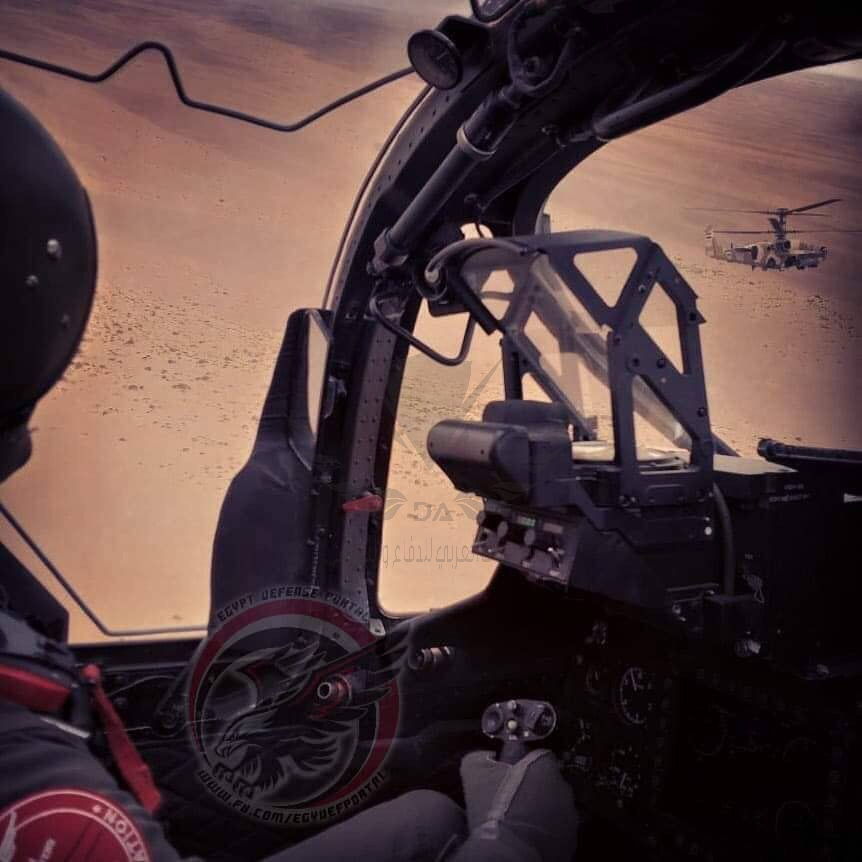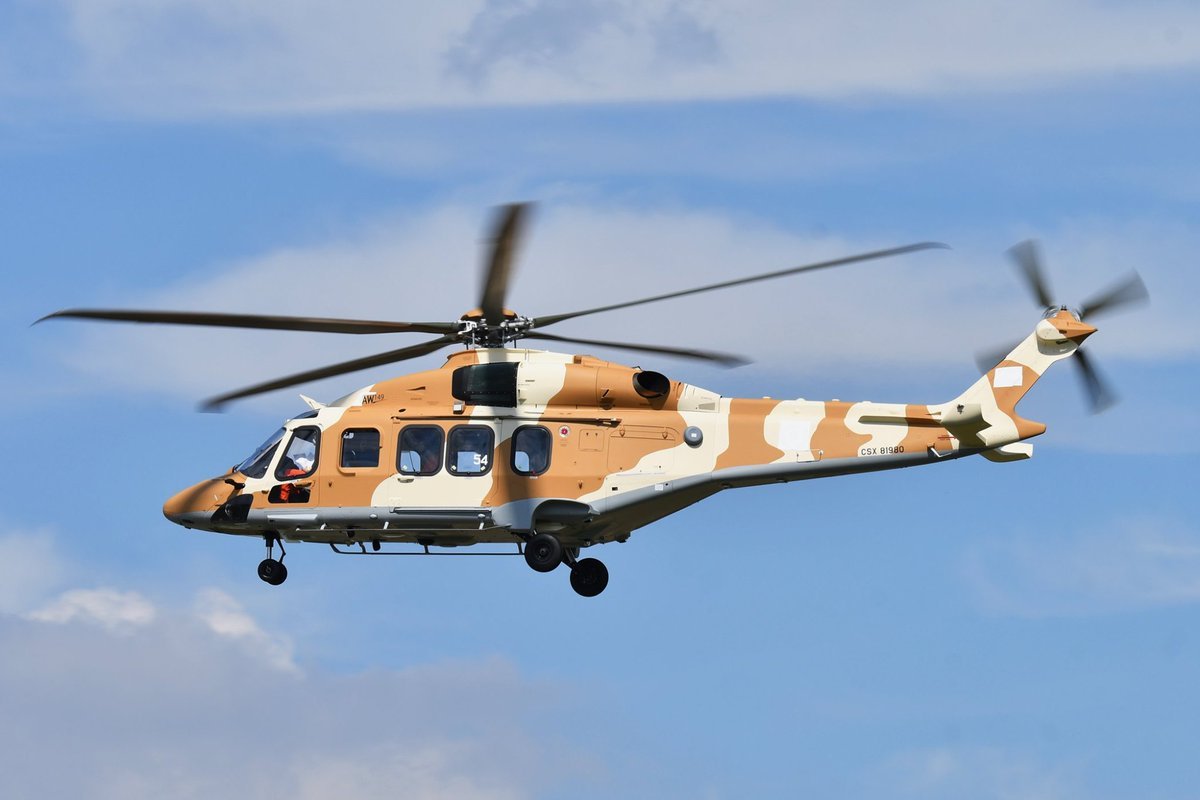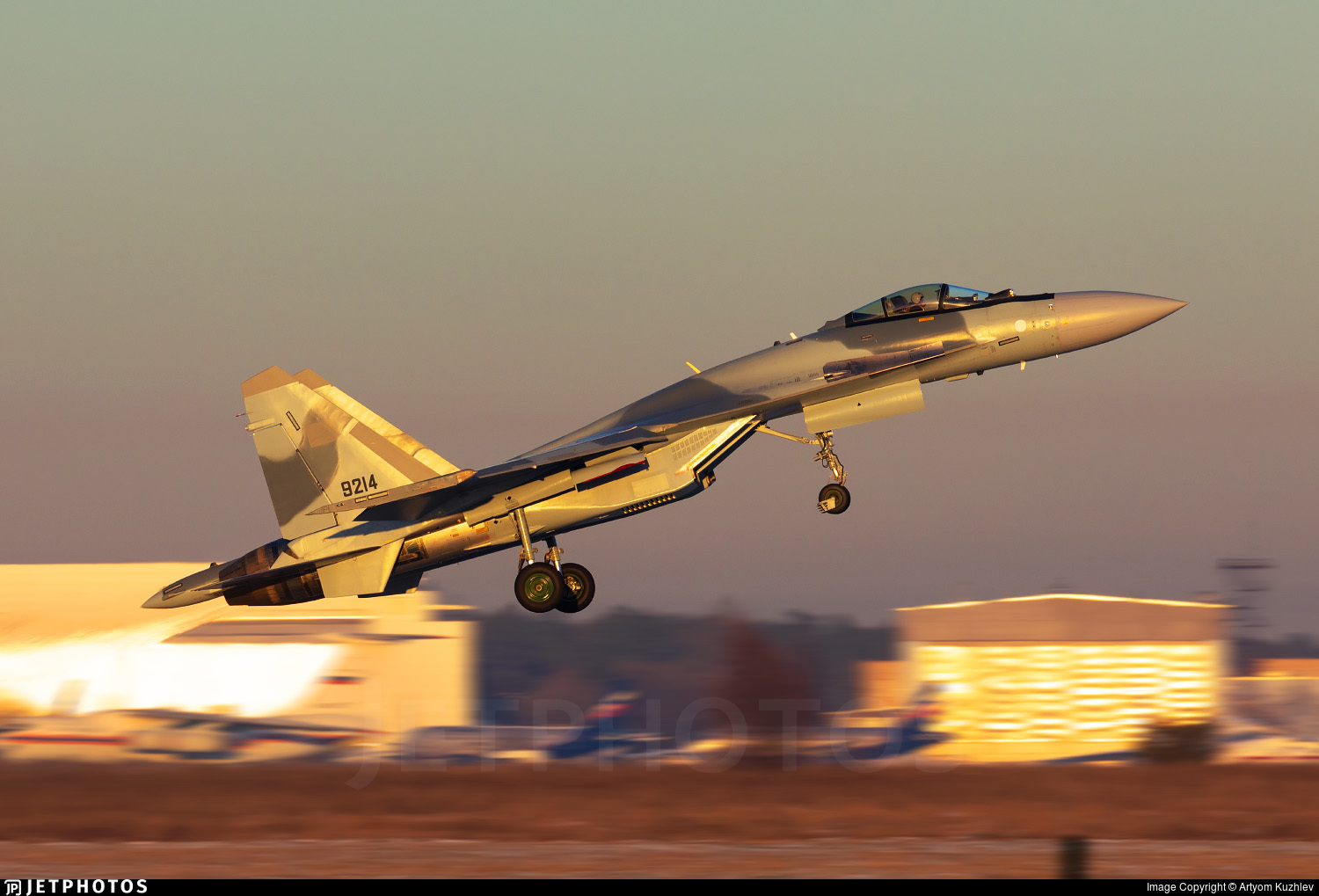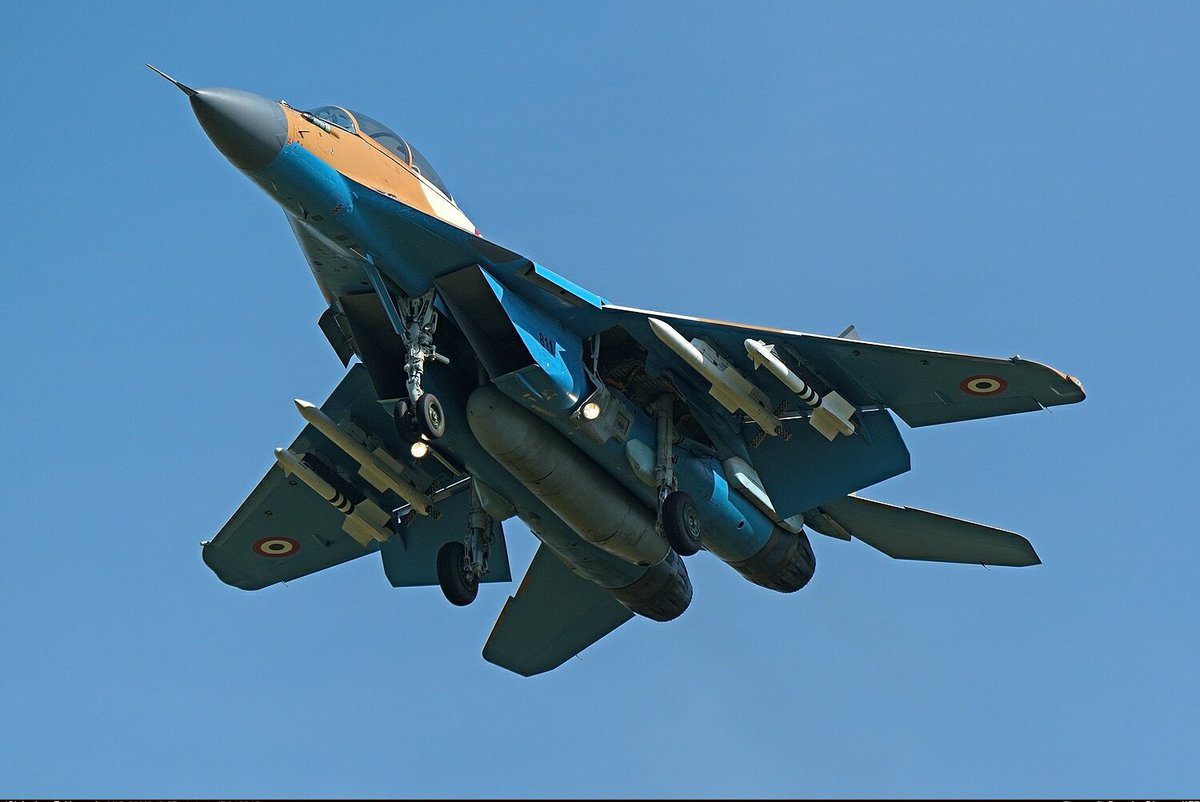Isos wrote:Link 16 is the datalink used only by nato forces. You don't have it.
I don't know about your own datalink, local made or US made, but you don't have link 16.
Neither your Rafales nor your f-16 have it. Even close allies like Israel or Japan don't have it.
They may keep the same equipement but softwares are changed. So your not part of link 16 but you can integrate your western stuff togather. You may have been ble to interact with US planes because US have total control of link 16.
That's like they gave you the ps5 that they use to play online within nato but changed the software so that you can't play with them but only with other egyptians. That's what you have to understand.
Link 16 is the backbone of NATO forces, and a weak one. Now if they give it to countries like Egypt, china and russia will hav3 total access.
So not only do the F-16s not have it to share data rapidly with the E-2C Hawkeys and during US & NATO exercises but now you're telling us our Rafales don't have it either? It doesn't have to be connected to any NATO communications within their shared Link-16. It's programmed to be independent of certain other users. But because the Rafales was fully integrated and just needed to be programmed to the EAF platforms and enabled, they decided to take it's functioning concept and create their own data sharing linkage among all the platforms in Egypt since the Link-16 can't do that. Here's a source for the Rafale's Link-16 in Egypt.
However, Egypt has been operating European and American platforms in a coordinated manner since 1980. One main reason, Mahmoud Gamal, Egyptian defense and geopolitics observer explained, is the ease of sharing data through the E-2C Hawkeye, an upgraded model of the American-made tactical airborne early warning and control aircraft (AEW&C).
“The air force relies on its Rafale to link aircraft of different origins since it is equipped with Link-16 tactical data links or non-NATO solutions,” he said, in order “to operate with different platforms and assets.”The Link-16 in the Rafale didn't have all the restrictions on it as the ones on the block 40 upgrades but eventually I'll find you a source on that since my info comes almost straight from the horse's mouth.
So in reality, the Link-16 was only going to be useful when flying with American and NATO members like Greece when they get their Rafales as well as their Viper upgrade (which I sure wish we were getting since it include the killer new SAHR AESA radar as well as new AIM-120 & 9X and adding Link-16 to those who don't have it already. It was refused to Egypt.
So back to the locally developed data sharing system was strictly done because of our mixture of Western and Russian aircraft.
How is the Egyptian Air Force able to operate its fleet of mixed origin?Egypt’s fleet of military aircraft are able to share data and coordinate activity despite their mixed origins, thanks to a locally made command center, according to an Egyptian armed forces expert.
It’s rare to witness an air force flying fighter jets and helicopters of different origins, but Egypt operates aircraft from Russia, China, the United States and European nations.
“When it comes to the Egyptian Air Force in particular, it is definitely not possible for [American-made] E-2C Hawkeye 2000 early warning aircraft in service, for example, to direct the [Russian-made] MiG-29 fighters and exchange data with them, as is the case with the [American-made] F-16 and [French-made] Rafale fighters,” said Mohamed al-Kenany, a military affairs researcher and defense analyst at the Arab Forum for Analyzing Iranian Policies in Cairo.
“However, data is being shared between the different-origin aircraft through the command-and-control centers that are equipped with dedicated systems capable of linking the various radar, aircraft, sensors, reconnaissance and electronic warfare systems, and integrating all the information and data they receive into a unified system named
RISC2.”
The Radar Integration and Surveillance Command Center was made by the Egyptian military’s Research and Development Department; Benha Electronics, which is affiliated with the Ministry of Military Production; the Military Technical College; and the Egyptian Air Defense Forces.
The RISC2 is an Egyptian-made system that was introduced during EDEX 2018. (Courtesy of Mohamed al-Kenany)
RISC2 was introduced during the 2018 Egypt Defense Expo and is meant to automate control-and-command tasks. The platform is equipped with tools for flight planning, control systems for radars and various monitoring sensors (including models from the United States, Russia, China, France, Britain and Egypt), an automatic flight-tracking system, a network management system, and cybersecurity.
Al-Kenany said in addition to linking aircraft, the system allows the military’s land and sea combat platforms to share data.
“This system enables the dynamic exchange of integrated data with various command-and-control centers, with the next generation of cyber protection systems and firewalls ... as well as the Egyptian surface-to-air missile command center to analyze and assess the risks and air threats, and [determine] the type of air defense systems needed to deal with these threats,” he added.
He hasn’t observed any problems with Egypt’s air defense systems differentiating enemy aircraft from friendly ones. “The various types of IFF [identification friend or foe systems] produced by different companies for Egypt’s armed forces are designed to be compatible with all the systems and equipment operational in the country, and hence identifying their specific frequencies and codes as friendly, which prevents friendly fires,” he explained.
To overcome delays in data sharing, the Air Force looked to the Rafale "to link aircraft of different origins during the flight, since it is equipped not only with Link 16 data links but also with other solutions for non-NATO countries to operate in integrated operational [environments] with all platforms and with friendly combat assets, and airborne command and control, which allows it to operate in harmony with modern Russian fighters operating for the Egyptian Air Force,” al-Kenany explained.
He also pointed to Egypt’s TIBA-1 communications satellite, which was launched onboard an Ariane 5 rocket in November 2019 for government communications and military purposes. He said the satellite will facilitate data sharing between Air Force fighters and helicopter of different origins.
What is Egypt flying?
In terms of Western systems, the Egyptian Air Force currently operates 24 Rafale fighter jets (and wants to double that number), 20 F-16 Block 52 fighters, 10 AH-64D Apache Longbow helicopters (with plans to double its inventory), 15 Mirage 2000 jets, and eight early warning E-2C Hawkeye planes.
From the East, the service operates 46 MiG-29M fighter jets, 46 Ka-52 Alligator armed reconnaissance helicopters, and an unknown number of Mi-24 combat multirole helicopters, which first appeared in Egyptian service in 2018. The Air Force also ordered 24 Su-35S Super Flanker jets but has only received five so far, according to Russian media.
Egypt turned to Russia after the U.S. did not approve its request to acquire roughly two dozen F-35 fighter jets, an Egyptian military official told The Associated Press in 2019. The Russian deal for Su-35s was meant to diversify Egypt’s weapon suppliers because the U.S. has previously stopped military assistance over human rights concerns, said another official.
“Moving to diversify sources of military equipment and especially fighter jets is a direct consequence to embargos from specific countries, or monopoly of technology and refraining from technology transfer,” Lebanese Member of Parliament Wehbe Katicha, a retired Army general, told Defense News.
But the mixed fleet hasn’t significantly impacted training between Egypt and NATO members, al-Kenany said.
“Drills have been going on as scheduled between Egypt and NATO countries, but it is worth noting that I’ve never noticed a Russian aircraft in the drills with Western countries, or a Western aircraft in the drill with Russia. The only exception to this was the presence of Ka-52 with the mistral trainings.”
https://www.c4isrnet.com/battlefiel...s-fleet-of-mixed-origin/#.X5pv5IrtHlQ.twitter

















